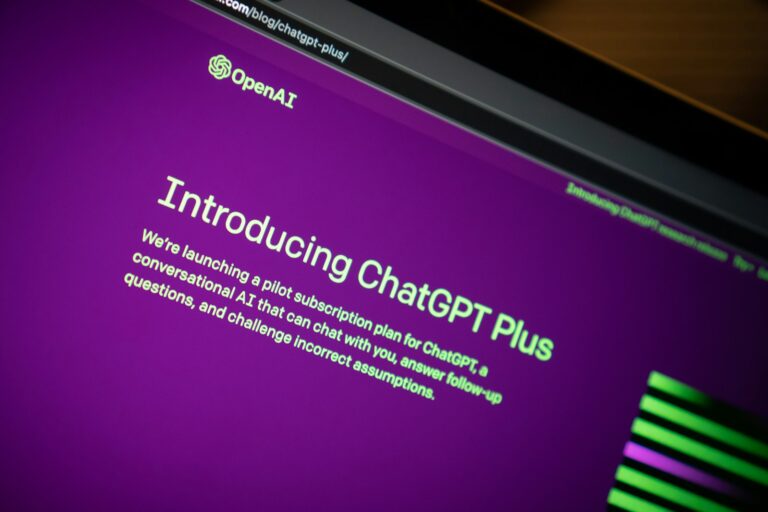Key Takeaways:
- A recent law school graduate lost their job after using ChatGPT to draft a court filing.
- The filing contained errors and a fake citation created by AI.
- A Utah court imposed sanctions for the first AI-generated fake citation in the state.
- Over-reliance on ChatGPT is causing problems for new graduates in the workforce.
- Students and professionals must use AI tools responsibly.
In a world where ChatGPT has become a go-to tool for students, a shocking story reminds us that AI isn’t always the answer. A young lawyer recently learned this the hard way. After using ChatGPT to help draft a court document, they lost their job. The reason? The AI made too many mistakes, including inventing a fake legal citation that confused the court.
The Rise of ChatGPT in Schools
ChatGPT has become popular among students as a quick way to get help with homework, essays, and even legal work. While it’s a useful tool, some students have started relying on it too much. Instead of learning the material themselves, they’re letting AI do the thinking. This trend has raised concerns among teachers and employers.
The Problem with AI in the Workplace
The story of the young lawyer is a perfect example. After graduating, they used ChatGPT to draft a court filing. The document ended up full of errors, including a fake legal citation. The court in Utah was not happy. For the first time in the state, a court imposed sanctions because of an AI-generated fake citation. The young lawyer paid the price by losing their job.
What Went Wrong
So, why did the lawyer rely so heavily on AI? Like many students, they may have grown comfortable using ChatGPT during school. Instead of doing the work themselves, they trusted the AI to get it right. But AI tools like ChatGPT are not perfect. They can make mistakes and sometimes invent information, a process called “hallucination.”
In this case, the AI created a fake legal citation. Lawyers and judges depend on accurate citations to build cases and make decisions. When a citation is fake, it can throw an entire case off track. The court couldn’t take the mistake lightly. The lawyer’s mistake was serious enough to cost them their job.
The Fallout
This incident isn’t just bad news for the lawyer. It’s a warning for all new graduates and professionals. Employers are starting to notice that some new hires are overly dependent on AI tools. While these tools can be helpful, they’re no replacement for hard work and knowledge.
In the legal field, where details matter, relying too much on AI can lead to serious consequences. Lawyers must double-check their work, even if they use AI as a starting point. The same goes for other professions. Doctors, engineers, and writers all need to ensure their work is accurate and reliable.
Lessons for Students and Professionals
So, what can we learn from this story? First, AI is a tool, not a substitute for learning. Students should use ChatGPT to help with ideas or structure but must do the hard work of understanding the material.
Second, always double-check work done by AI. Whether it’s a court filing or a college essay, mistakes can happen. Taking the time to review and verify information will save time and reputation in the long run.
Finally, employers need to be aware of this trend. While hiring new graduates, they should assess whether candidates have the skills they need to work independently. Relying too much on AI can be a red flag.
The Future of AI in Education and Work
AI tools like ChatGPT are here to stay. They can help with research, writing, and problem-solving. But they can’t replace the human touch. Critical thinking and creativity are still essential skills that AI can’t fully replicate.
For students, the key is to use AI wisely. Instead of letting it do all the work, use it to assist and guide. Focus on understanding the material and developing skills. Employers want employees who can think on their feet and solve problems without relying on a screen.
A Call to Action
The story of the young lawyer should serve as a wake-up call. While ChatGPT and similar tools are powerful, they’re not foolproof. Students and professionals must strike a balance. Use AI as a helper, but never let it do all the work. The consequences of over-reliance can be severe, as this young lawyer learned the hard way.
In the end, success comes from a mix of hard work, knowledge, and smart use of tools. Learning to use AI responsibly now will set you up for success in the future. Whether you’re a student or a professional, remember: AI is a tool, not a crutch.
Final Thoughts: The rise of AI has changed how we work and study, but it’s not a free pass. Over-reliance on tools like ChatGPT can lead to big mistakes. The story of the young lawyer is a reminder to stay vigilant and keep learning. Use AI wisely, but always do the work to back it up. Your future depends on it.










